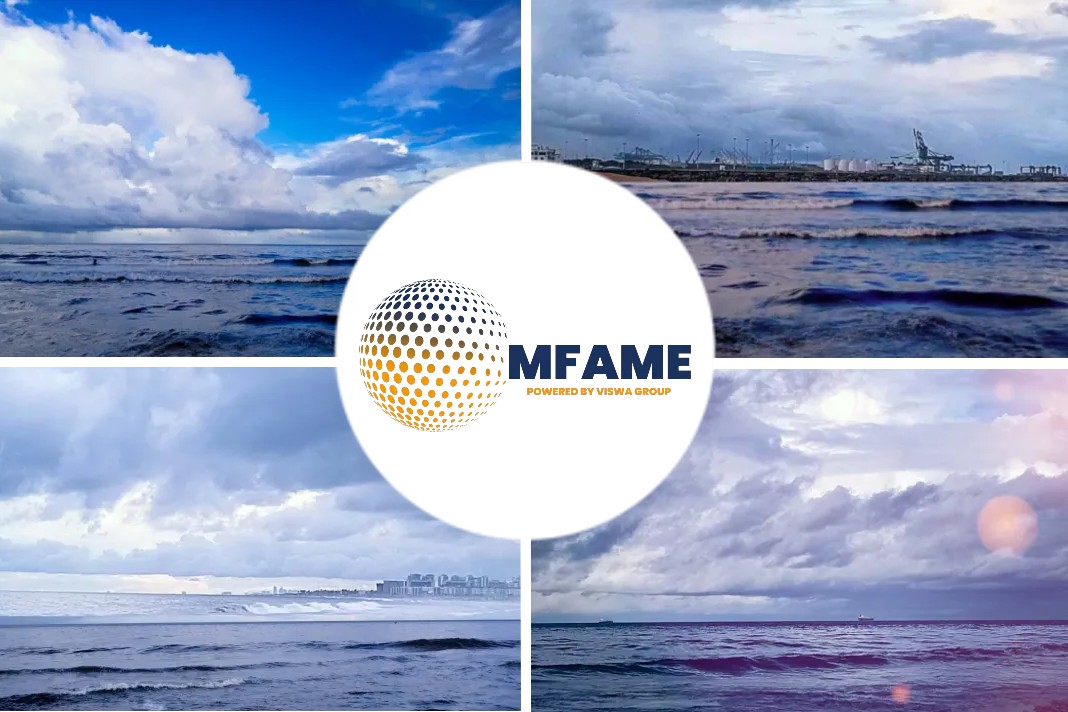- LNG demand to remain strong Q4.
- North Asia’s LSFO demand to increase in winter as LNG prices rise.
- Fuel oil tightness to shift from high to low sulfur.
High spot LNG prices set to support Asian LSFO in winter, says Atsuko Kawasaki and Masanori Odaka in Platts.
High Asian LNG prices
High Asian LNG prices are likely to encourage North Asian power utilities to shift from LNG to low sulfur fuel oil during the northern hemisphere winter in the fourth quarter of this year, while the prevailing tightness for high sulfur fuel oil shifts to its low sulfur counterpart, market sources said in the week of Sept. 20.
“North Asia, such as Japan, South Korea and Taiwan, will start increasing LSFO consumption for winter,” a refining source in Asia said.
Winter is the season when North Asian power utilities, especially in Japan and South Korea, experience high demand.
Uptrend LNG spot prices
LNG spot prices have been on an uptrend since touching this year’s low of $5.563/MMBtu on March 2 and March 3 for April delivery cargoes.
The Platts JKM — Asian LNG benchmark — rose to $28.538/MMBtu Sept. 21, its highest since Jan. 14, when it was assessed at $32.50/MMBtu, before slipping to $27.266/mt Sept. 22, Platts data showed.
Tightness in the European LNG market
Tightness in the European LNG market had a knock-on effect on Asia. In Europe, a combination of strong demand in the winter of 2020-2021, low storage levels, and relatively strong demand during the shoulder spring season had sustained prices in the Atlantic basin.
Similarly, Asian importers have been importing more for much of 2021 following low inventory due to high demand and production issues in winter and spring.
“[LNG] Prices are likely to sustain unless there is an extremely warm winter. Then the Chinese and Japanese will start selling,” a Singapore-based LNG trader said.
“At such high LNG prices, we are also considering lowering our output from our LNG power generation,” a Japanese LNG importer said.
A Japanese power utility agreed and said: “[LNG] input costs are getting higher. I think factories will start shutting down [LNG-fired power generation] for the metal and ceramic sector.”
North Asia yet to boost LSFO purchase
North Asian power utilities have yet to increase their purchase of LSFO, fuel oil and bunker traders said in the week started Sept. 20.
“Japanese power companies have secured LNG on term contracts and there is little flexibility. Learning from January this year, they seem to have enough LNG stocks. Japanese power companies have yet to start boosting LSFO purchases,” a third fuel oil trader said.
Several traders noted that Japanese importers buy most of their LNG through long-term contracts, which are linked to oil benchmarks.
So, higher LNG spot prices will only impact a selected number of utilities highly dependent on spot procurement.
Asia’s marine fuel 0.5%S market is currently well supplied across the region, market sources said.
Tightness to shift from high to low sulfur Q4
High LNG prices had increased Asia’s demand for high sulfur fuel oil.
The region’s HSFO supply has been tight as demand from the Middle East and South Asia had surged in Q3 as the likes of Bangladesh and Pakistan shifted from LNG to HSFO since July when LNG prices rose above that of HSFO.
The demand for Asian HSFO from the Middle East and South Asia typically surges in summer, or Q2-Q3 of the year, while demand for LSFO from North Asia jumps in winter, or late Q4 to early Q1.
“LSFO [import] demand in North Asia is likely about 200,000-300,000 mt/month in winter,” a Singapore-based fuel oil trader said. A Japanese LNG importer on Sept. 16 said: “There are probably around three cargoes of LNG consumed that can be replaced with fuel oil in the whole of Japan, from now to December 2021.”
A Singapore-based fuel oil trader said: “Asian fuel oil market will tighten, but there is a limit on the tightness in LSFO because refiners can always increase LSFO production when the margins are high enough.”
Platts cFlow trade-flow analytics software
According to Platts cFlow trade-flow analytics software, Japan imported the largest amount of LNG in Asia in March at approximately 5.9 million mt, in July at 6.6 million mt and August at 6.3 million mt.
On the other hand, China imported the most in Asia in 2021 with April at 6.6 million mt, May at 7.4 million mt and June at 6.6 million mt.
Did you subscribe to our daily newsletter?
It’s Free! Click here to Subscribe!
Source: Platts
























